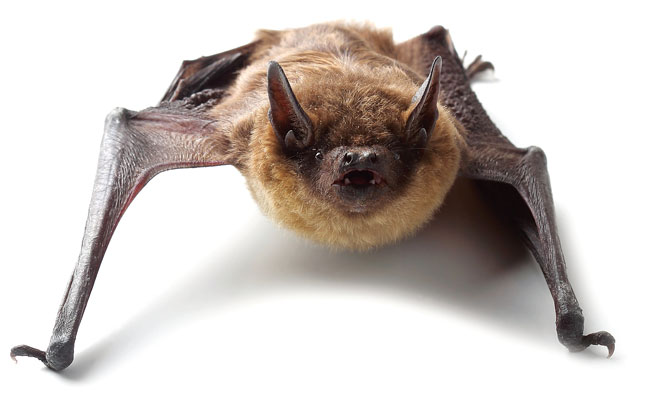
PHOTO: VITALISG/ISTOCK / GETTY IMAGES PLUS/GETTY IMAGES
Bat basics
To avoid confusion when speaking about bat control, proofing, exclusion and management, let’s briefly define the terms:
- Bat control encompasses bat proofing and exclusion services.
- Bat proofing and exclusion both refer to the act of eliminating openings on a structure to prevent bats from entering it and, when necessary, installation of materials or devices that allow any bats inside to leave, but not re-enter.
- Bat management includes all services related to conflicts between bats and humans, such as risk assessment, capture and removal, prevention, remediation and pest management services. Anyone with pets or experience with wildlife knows they never have
100 percent “control” over an animal’s actions. Instead, all they can do is manage the situation to achieve a desirable outcome.
Did you know?
- Bats are the only true flying mammal.
- Bats are not rodents; they belong to the order Chiroptera.
- There are more than 1,100 different species of bats throughout the world.
- Bats are broken into two different suborders: Megachiroptera (large, Old World fruit bats) and Microchiroptera (small bats).
- Bats lack front incisors, so they cannot chew to create an opening like rodents can.
- Bats are not blind. All bat species can see colors to varying degrees.
- Bats eat a variety of foods, including insects, fruit, meat and nectar.
- Each bat species has a preferred food source. The vast majority in the U.S. eat insects.
- It is estimated that less than 2 percent of an insectivore bat’s diet consists of mosquitoes.
- Bats are thermodynamic, which means they use the environment and their fat reserves to regulate body temperature.
- Some bats may live for more than 20 years; others may only live 10 years or less.
- Roost mortality for pups of the year can range as high as 60 to 100 percent.
- Certain bat species can have twins, triplets and even quadruplets.
- For most species, the young are flight-capable within two to three weeks after birth, and are self-sufficient within six to eight weeks.
- Out of the 47 species of bats in the U.S., maternal colonies have been found in human-made structures from more than half of them.
Additional information can be found at the Wildlife Control Technology (WCT) Online Training Center, WildlifeTraining.thinkific.com.
ARNOLD is a wildlife control trainer, writer, technician, business owner and volunteer. He is editor of both Wildlife Control Technology and Fur Takers of America. He can be reached at editor@wctmagazine.com.
Leave A Comment